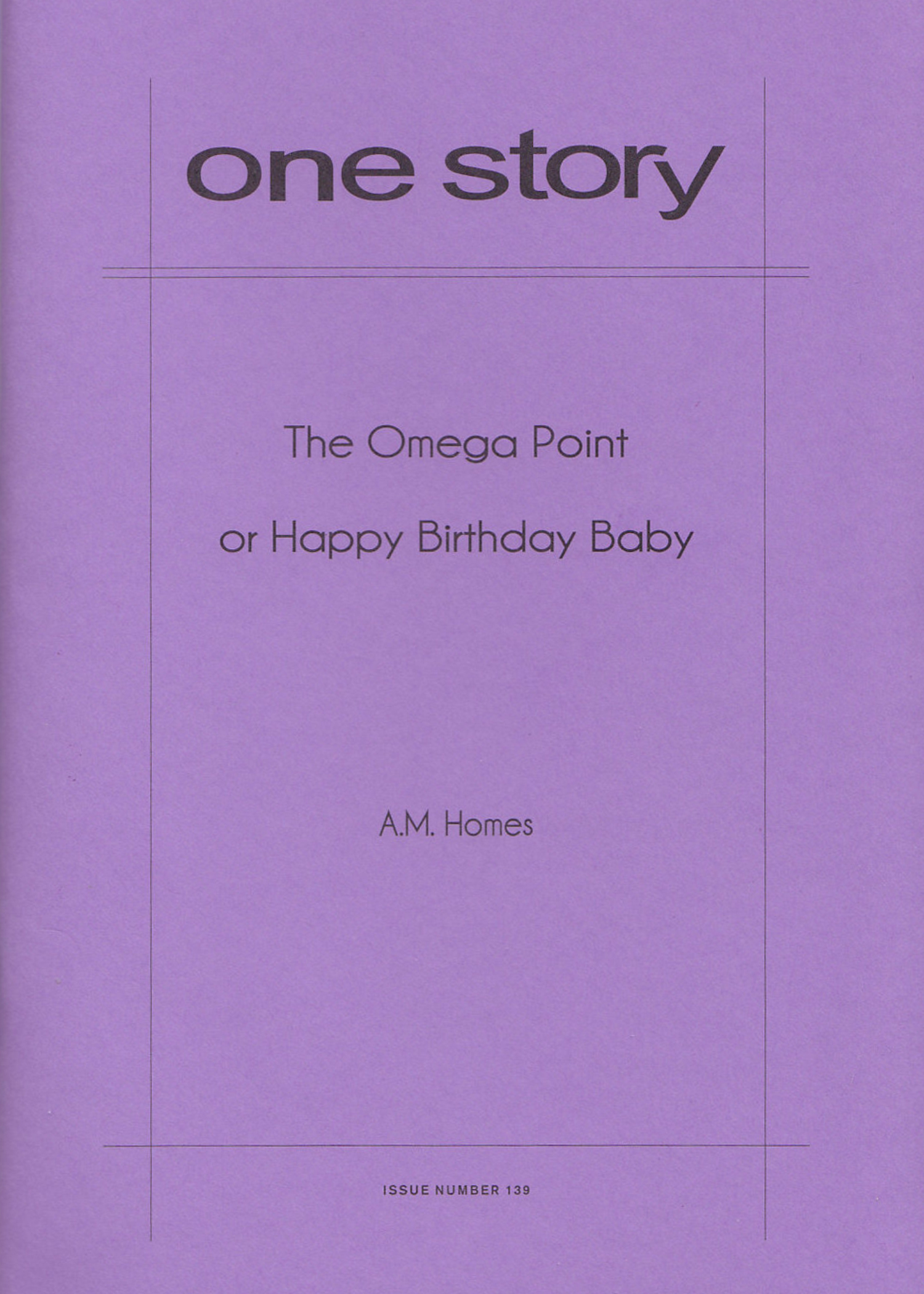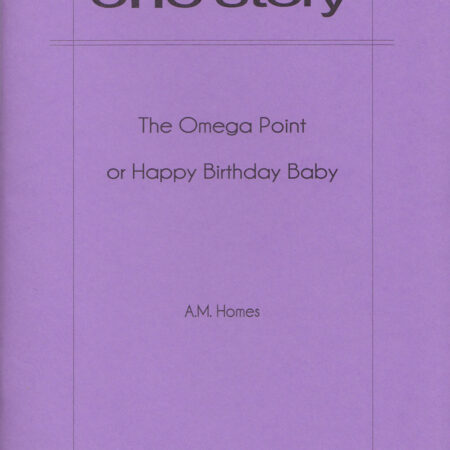
The Omega Point or Happy Birthday Baby
$2.50
26 in stock
Excerpt
It is the kind of day farmers, when there were still farmers, would have dreamed of. The sky is brilliant blue, the plants are newly green, the air fresh and clean as though it had been washed, tumbled dry and neatly folded the night before. It is the kind of day you never forget.
“Hasn’t been a day this pretty since the day you were born,” Mary Grace Mahon says to her granddaughter.
“You didn’t know me the day I was born,” Ruby says.
“Oh but I did,” Mary Grace says, tucking a bobby pin further into her hair which is white and silky and braided like a pretzel.
“Not possible,” the girl says, twirling her own black silky hair into a grandmother pretzel.
“In my heart of hearts I knew you’d be here soon,” Mary Grace says.
“I was born in China, Grandma. The people in China didn’t even know when I was born and when I was born mama didn’t even know she was going to adopt a baby.”
“I knew,” Mary Grace says, “I knew it all along, even before your mother was born, I knew that you’d be coming along.”
A.M. Homes
A.M. Homes is the author of the novels, This Book Will Save Your Life, Music For Torching, The End of Alice, In a Country of Mothers, and Jack, the short story collections, Things You Should Know and The Safety of Objects, the travel memoir, Los Angeles: People, Places and The Castle on the Hill, the artist’s book Appendix A:, and the memoir, The Mistress’s Daughter.
Her work has been translated into twenty-two languages and appears frequently in Art Forum, Harpers, Granta, McSweeney’s, The New Yorker, The New York Times, and Zoetrope. She is a Contributing Editor to Vanity Fair, Bomb and Blind Spot.
She often collaborates with artists to produce books, museum and gallery catalogs featuring fiction written in relation to the artists’ work—recent collaborations have included True Life, Steven Harris Architects, Princeton Architectural Press; Eric Fischl, Beach Paintings, Rizzoli; Rob Wynne, Tears of Glass, JGM Gallery, Paris, France; Julie Speed, Julie Speed2, University of Texas; Bill Owens, Collected Works, Damiani Editore; Sarah Jones, Whose Story Is It And Why Is It Always On Her Mind? National Media Museum, Bradford, England; Amy Arbus, On The Street, Welcome Books; Cathie Opie, In and Around Home, Aldrich Contemporary Museum; Ghada Amer, Exhibition Catalog, Gagosian Gallery, New York/Los Angeles; Carroll Dunham, Carroll Dunham Paintings, The New Museum, New York; Rachel Whiteread, Transient Spaces, Guggenheim Museum, Berlin, 2001, New York; Todd Hido, House Hunting, Paul Morris Gallery, Nazaraeli Press; Cecily Brown, Exhibition Catalog, Gagosian Gallery, New York.
Q&A by Hannah Tinti
- HT: Where did the idea for this story come from?
- AH: I’ve only been to the city once though I’ve travelled around the Balkans a fair bit. The city really got under my skin. I couldn’t stop thinking about it after I left—the minarets, the reverberations of the Adhan, calling the Muslims to prayer, the tight-thighed mountains that surrounded the city in all directions save one—a geography which allowed the Bosnian Serbs to terrorize the city from above for four brutal years. Sarajevo has always been a place of confluence, a meeting of cultures, the edge of the Ottoman Empire, and it remains the western-most Islamic stronghold in Europe. For hundreds of years different peoples have lived side-by-in peace within the narrow alleyways of the city, but it has also been the site of much brutality. The first World War started here with the assassination of Archduke Ferdinand by a member of the Black Hand. During the Bosnian War, the city endured the slow death of the siege year after year without buckling. Today, Sarajevo is still the fault line between east and west—as evidenced by the heavily-guarded slightly surreal Saudi Arabian mosque-compounds and all of the intelligence agencies operating in the city.
- HT: What was the most challenging aspect of writing this story?
- AH:
- HT: “The Omega Point” was inspired by the art of Petah Coyne. Can you tell us more about Petah as an artist, and what drew you to her work?
- AH:
- HT: Petah Coyne’s new exhibit, “Everything That Rises Must Converge” is based on the work of Flannery O’Connor. Has O’Connor’s writing influenced your work as well?
- AH:
- HT: What kind of research did you do on the Peking Man for this story? And how does the Peking Man connect to the Omega Point?
- AH:
- HT: The image of all of the units pulling together is a beautiful one, the opposite, in many ways, to the gadget, which exploded them apart. Can you talk a bit about the inspiration and mystery behind these tiny boxes and their glowing red lights?
- AH:
- HT: You have done many collaborations with visual artists over the years. What draws you to this field as a writer, and have you ever picked up the paintbrush yourself?
- AH:
- HT: How long did it take you to complete this story?
- AH:
- HT: What are you working on now?
- AH:
- HT: What is the best bit of advice about writing you have ever received?
- AH:
